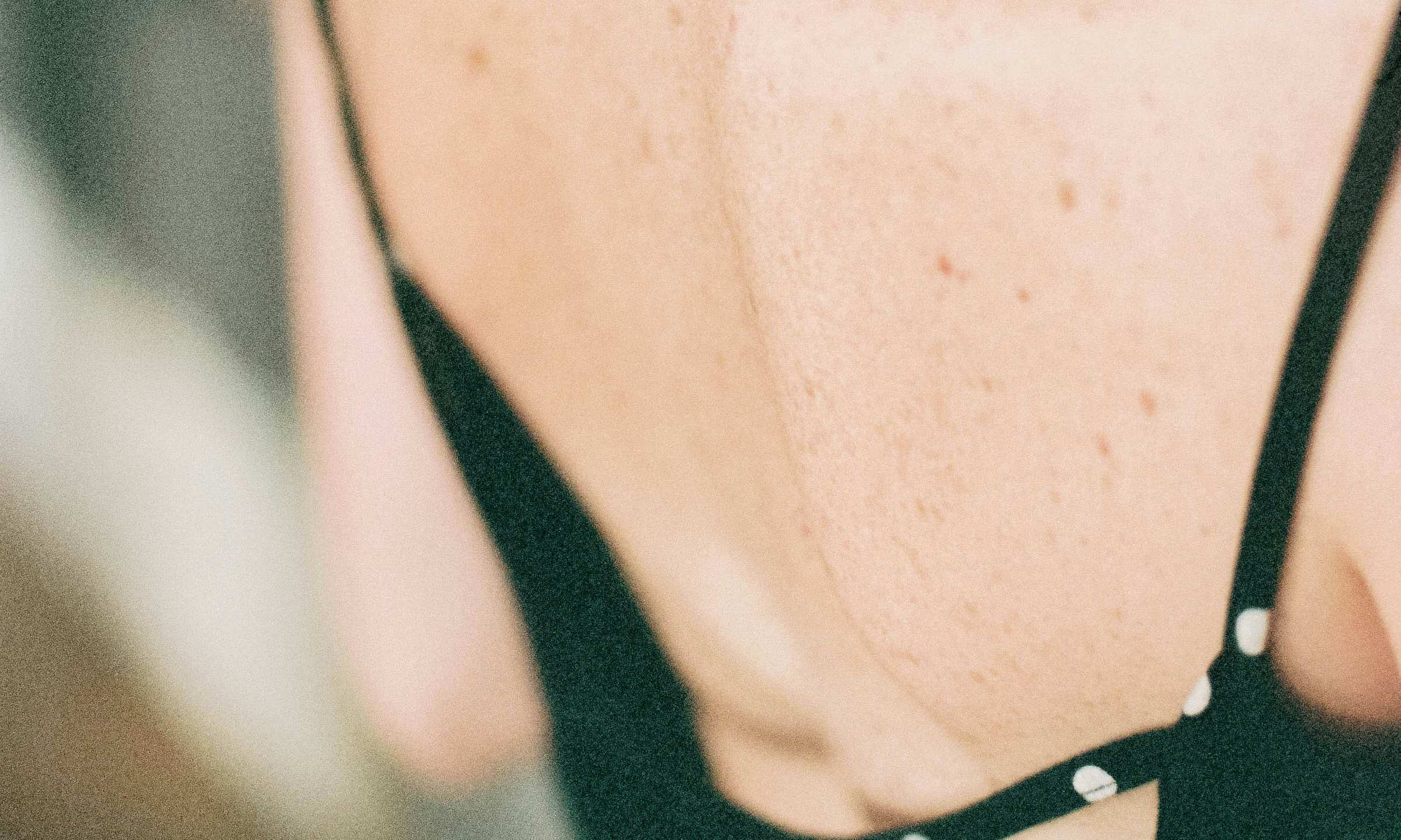As a teen, I got more than familiar with the dermatologist’s office because of my struggle with chronic acne. But I’ll never forget the reason for my first-ever dermatologist visit when I was just about seven or eight: red freckles on my hands. I’ve always been a freckly girl, but when my mom first noticed the red spots, she was concerned, and rightfully so. All I remember from the appointment was that the red freckles—clinically known as cherry angiomas—were totally normal and nothing to be worried about.
But, when I noticed more popping up across my chest in my adulthood, the concern rose again, and I realized maybe I don’t know as much about the red freckles as I should. If you’ve mulled over anxious thoughts surrounding your cherry angiomas, we’ve got you covered. Ahead, dermatologists explain everything you need to know about your “red freckles.”
Featured Experts
What are cherry angiomas, and why do they occur?
While many people have come to know their cherry angiomas as red freckles, they’re actually not freckles at all. But that doesn’t mean your concern needs to rise any higher. “Cherry angiomas are blood vessel growths that usually look like small, reddish bumps,” Dr. Joel Schlessinger explains. “They can happen anywhere on the body, and it’s hard to pinpoint the causes, but it is probably a combination of genetics and age in most cases.” It’s widely assumed that cherry angiomas are primarily caused by genetics, but Dr. Garshick adds that the red bumps can occur at any age, and often have to do with hormonal changes. “Cherry angiomas can develop at any age, though [they] are common as people get older, and some people may notice them during times of hormonal changes such as pregnancy,” Dr. Garshick explains.
Are cherry angiomas dangerous?
Now that you understand what exactly the red freckles you’re seeing are, I’m sure the big question is still floating around your brain: Are cherry angiomas or red freckles dangerous? Do you need to have your red freckles removed? Luckily, the basic answer is no, but if you see something, it’s always best to say something to your dermatologist. “Cherry angiomas aren’t dangerous, but they can sometimes bleed if irritated,” says Dr. Daniel Schlessinger. “With that being said, not all reddish bumps on the skin are cherry angiomas. Skin cancers or other growths can look similar to the naked eye, so if you think you might have one, you should see a board-certified dermatologist who can check it to make sure before treating them.”
In terms of treatment, cherry angiomas can be addressed with in-office procedures if the red bumps are aesthetically bothersome or have excessive irritation and bleeding. “Depending on their size, shape and location, cherry angiomas can be treated with either a laser, like intense pulsed light (IPL), broadband light laser (BBL) or with surgical removal,” says Dr. Daniel Schlessinger. “Treatment with laser is easy and effective, but you may grow more over time as they are, to some degree, genetically programmed.” Dr. Garshick agrees, noting that she typically treats cherry angiomas with “laser, electrodessication or a surgical approach.”
